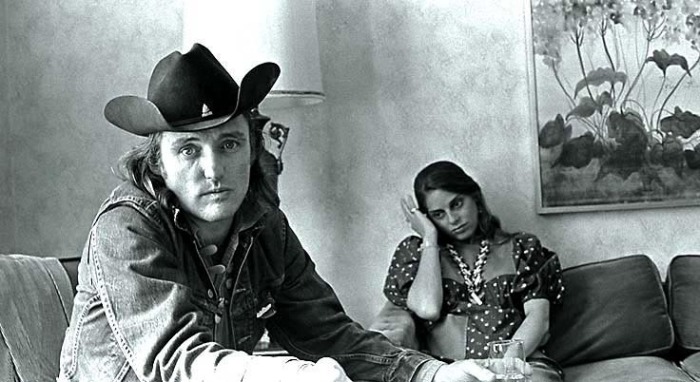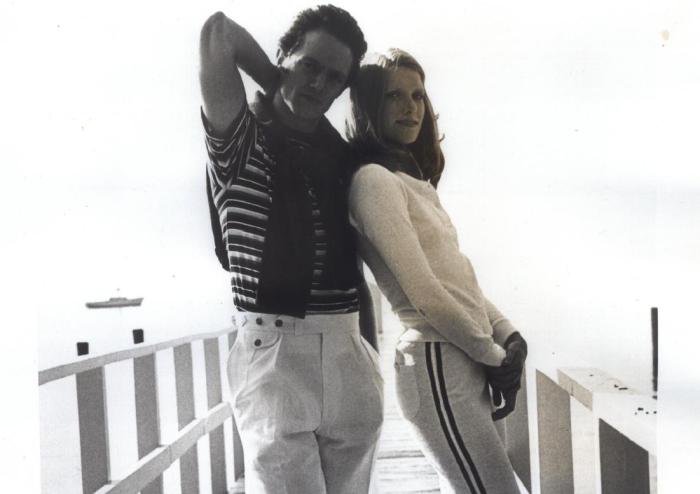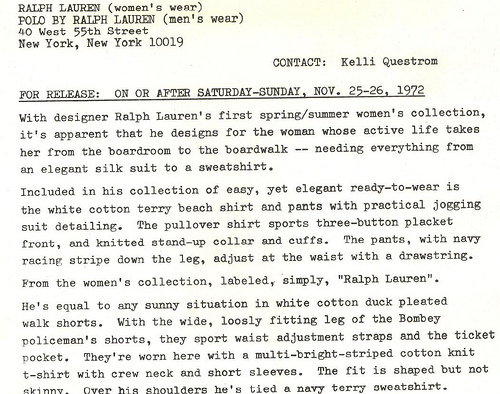
Deep Purple credits none other than Led Zeppelin for finally giving the band their focus. The boys in Deep Purple had experimented a lot with their sound in their early years– adding elements of psychedelia, and funk to their sound. With Led Zeppelin (and Black Sabbath) blazing the way by laying down the most epic, indestructible and powerful ‘Riff Rock’ tracks of all time– they finally knew exactly how they wanted to sound. The Mk II lineup was unstoppable– Ian Gillan (easily one of Rock and Roll’s best vocalists), guitarist Ritchie Blackmore (’nuff said), Roger Glover on bass, Ian Paice on drums, and arguably one of the most important elements to the “Deep Purple” sound that truly separated them from the pack– the eloquent and driving keyboard playing of Jon Lord.
Coming off a huge 15 month tour to support their successful In Rock, the band holed up in ‘Le Pavillon’, an old hotel in Montreux, Switzerland. Using the Rolling Stones’ mobile recording unit, Deep Purple recorded one of the hardest rocking albums of all time– Machine Head. Apparently the locals were not aware or appreciative that Rock history was in the making. In the middle of recording ‘Smoke on the Water’ the Swiss police showed up– pounding on the door to shut them down for keeping up the entire town of Montreux. Deep Purple’s roadees were holding the doors shut so that the band could get the track down on tape before getting thrown out. Deep Purple had to find new digs to record in, and finally came across a grand old Victorian hotel on the edge of town that was shutdown for the season– it was now the depths of winter. They found a tiny, quirky little space off of the main lobby where they could setup, and that was where Machine Head would be recorded– in just 3 weeks. Quick, dirty, and epic.

1971, Montreux, Switzerland — Singer Ian Gillan of Deep Purple playing guitar. Their epic album “Machine Head” was recorded in an old hotel in Montreux, Switzerland using the Rolling Stones’ mobile recording unit. — Image by © Shepard Sherbell/Corbis
–
“…Highway Star was written on a bus going down to Portsmouth. We were playing Portsmouth Guild Hall– and we took some of the filthy press down with us, to, um… and Ritchie was dickin’ around on his banjo, and one of them said, ‘Well, how do you write a song then?’ And Ritchie went like this– he just went ‘ding,ding, ding, ding, ding, ding, ding, ding… and looked out the window playing ‘ding, ding, ding, ding, ding, ding, ding, ding’– just playing one note. So, I started singing– and uh, we played the song in the show that night.”
–Ian Gillan of Deep Purple
–

’71, Montreux, Switzerland — Deep Purple’s Ritchie Blackmore — Image by © Shepard Sherbell/Corbis
–
Continue reading →














